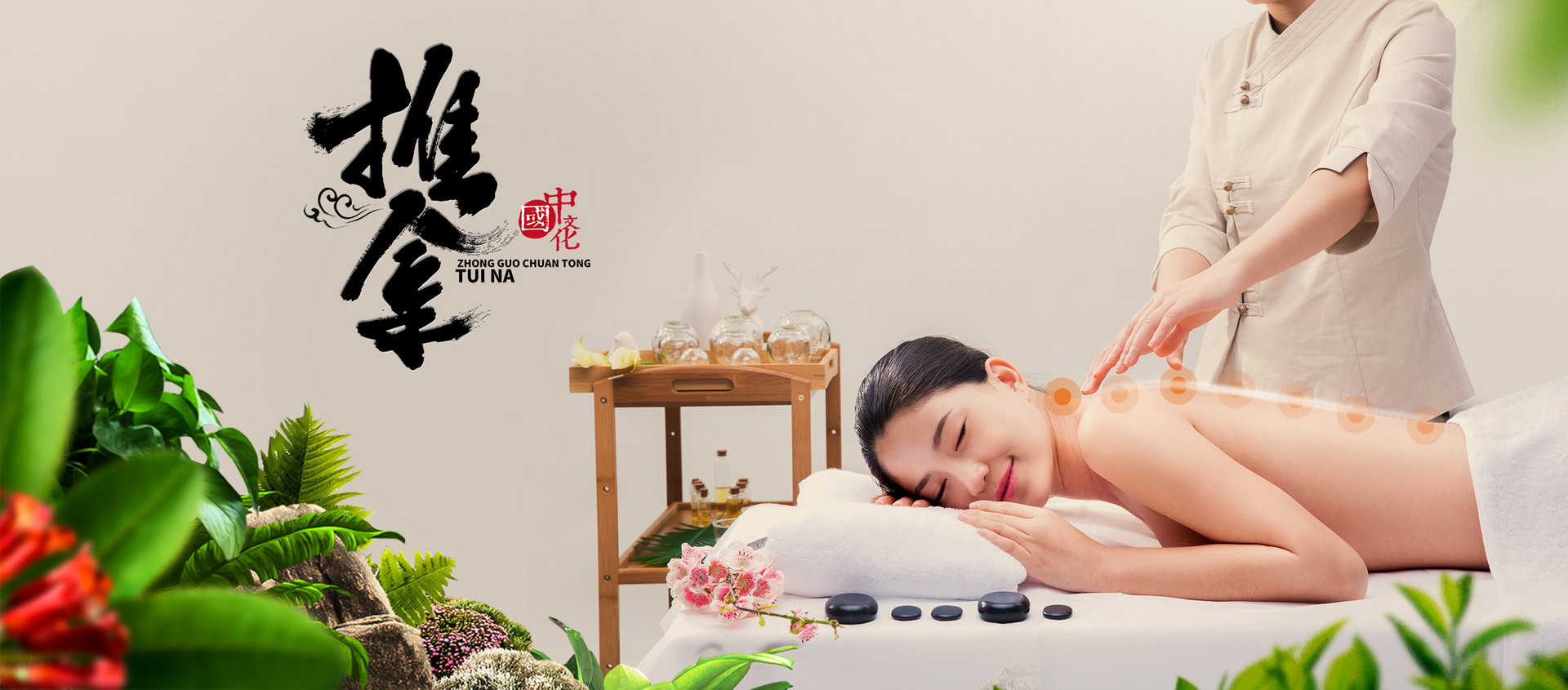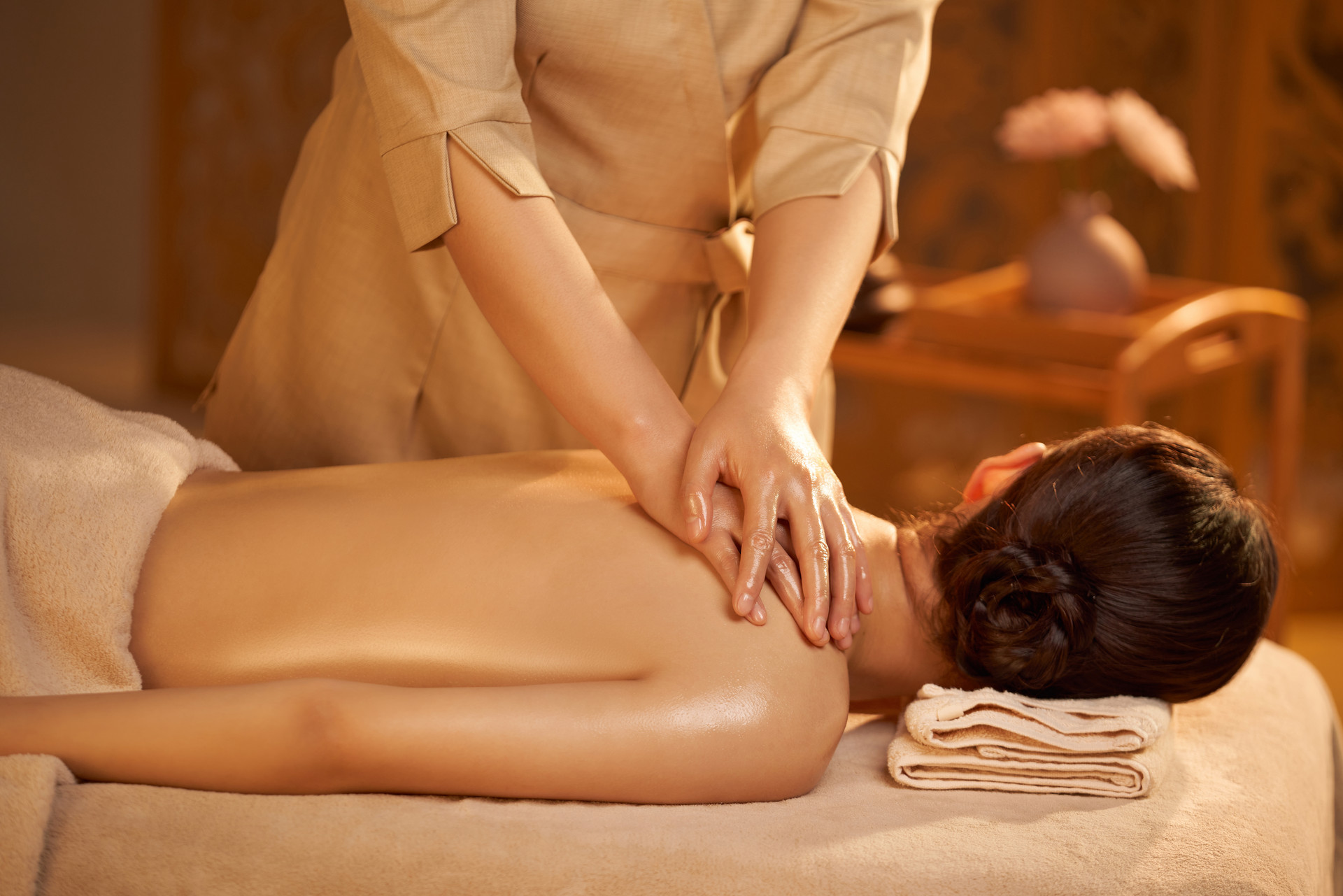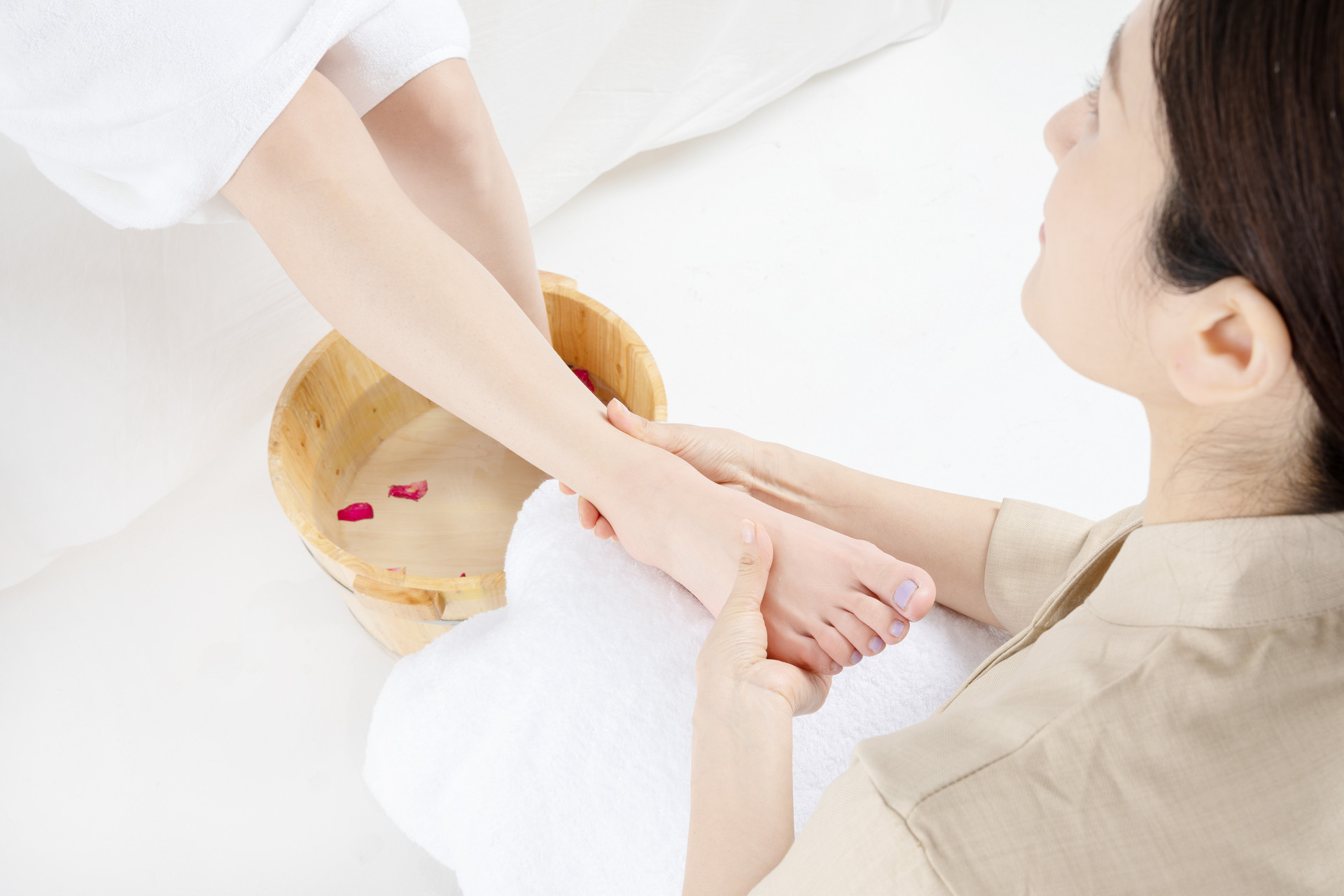Many women have experienced dysmenorrhea, and the general treatment for dysmenorrhea is to take medication to relieve the pain. However, massage therapy is also very effective in treating dysmenorrhea. Have you tried it? Today, I will share some tips for preventing dysmenorrhea with female friends. I believe everyone is eager to know, so let's take a look at my specific introduction below.
Massage Four Acupoints to Treat Dysmenorrhea
Dysmenorrhea is something that every woman experiences frequently. It is usually characterized by abdominal pain or lower back pain. It accompanies you every month, and severe cases can even cause nausea, cold sweats, cold extremities, and even fainting, which can affect work and life. Currently, it is clinically classified into primary and secondary dysmenorrhea. Primary dysmenorrhea refers to cases where there are no obvious pathological changes in the reproductive organs, so it is also called functional dysmenorrhea. It is more common in adolescent girls, unmarried women, and married women who have not given birth. This type of dysmenorrhea can usually be relieved or disappear after normal delivery. Secondary dysmenorrhea is mostly caused by organic lesions of the reproductive organs. This disease is a common gynecological problem. According to relevant surveys, the incidence of dysmenorrhea is 33.19%.
Primary Dysmenorrhea
The etiology is not yet fully understood. It refers to dysmenorrhea that occurs shortly after menarche, and sometimes it is closely related to psychological factors. It may also be caused by uterine muscle spasms, leading to uterine ischemia and dysmenorrhea. It is more common in cases of underdeveloped uterus, cervical stenosis, excessive uterine flexion, which obstructs the flow of menstrual blood, causing blood stasis and stimulating uterine contractions, resulting in dysmenorrhea. Some women experience intense contractions of the uterus before the shedding of the endometrium during menstruation, causing pain, and the symptoms are relieved after shedding, which is called membranous dysmenorrhea. Primary dysmenorrhea can often be alleviated after childbirth.
Secondary Dysmenorrhea
This symptom often occurs after giving birth or in some middle-aged women. It is generally caused by pelvic inflammation or the presence of tumors in the pelvic cavity. Endometriosis refers to the growth of endometrial tissue outside the uterine cavity, such as in the uterine muscle layer, ovaries, or other parts of the pelvic cavity. It also undergoes periodic changes and bleeding. During menstruation, pain occurs due to the inability of blood to flow out, and the pain gradually worsens due to adhesions with surrounding organs. On internal examination, an enlarged and firm uterus with poor mobility may be found, or hard irregular nodules or masses may be found in the rectouterine pouch, with obvious tenderness.
Massage Therapy for Dysmenorrhea
When massaging for dysmenorrhea, use the thumb to knead and twist the acupoints, massaging each acupoint for 5 minutes until a sour and swollen sensation is felt. Generally, start one week before menstruation and stop after menstruation.
Taichong Acupoint
This acupoint is located between the big toe and the second toe. Use the thumb of the left hand to massage the right Taichong acupoint, and use the thumb of the right hand to massage the left Taichong acupoint.
Sanyinjiao Acupoint
This acupoint is located on the inner side of the shoulder, 3 inches above the tip of the inner ankle and behind the inner edge of the tibia.
Xuehai Acupoint
Bend the knee. It is located on the inner side of the thigh, 2 inches above the inner end of the patella, at the prominence of the inner head of the quadriceps femoris muscle.
Zi Gong Acupoint
This acupoint is located below the belly button, slightly to the left or right, and slightly in the middle. During the massage, you can use the index and middle fingers of both hands to hold this acupoint, apply slight pressure, and gently massage until a sour and swollen sensation is felt.
Massage these acupoints outside of menstruation can help prevent dysmenorrhea. If combined with moxibustion treatment on these acupoints, the effect will be even better. In the treatment of dysmenorrhea, patients should pay attention to keeping warm, avoid eating raw and cold food, maintain stable emotions and a pleasant mood, have a balanced diet and regular lifestyle, and participate in moderate exercise.
General Precautions for Massage
1. The hands of the massager should be kept clean and warm, and the nails should be trimmed. Do not wear any accessories on the fingers to avoid damaging the skin of the person being massaged.











